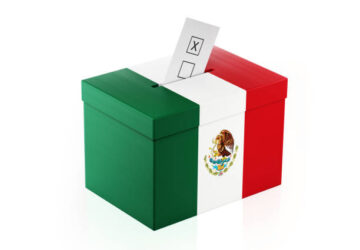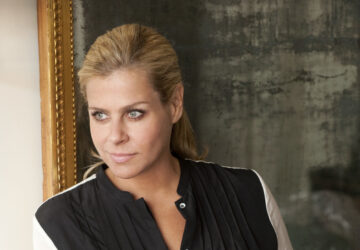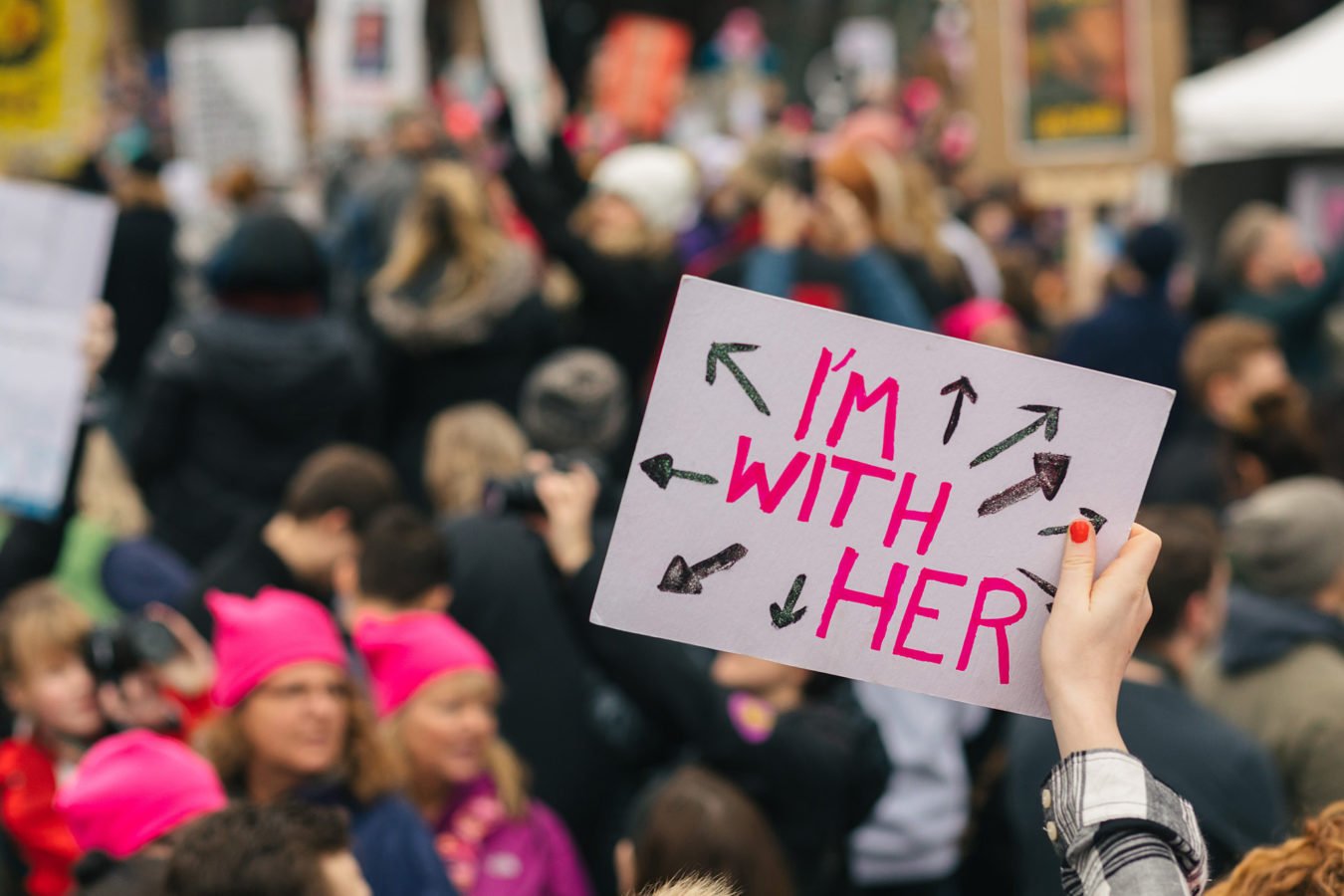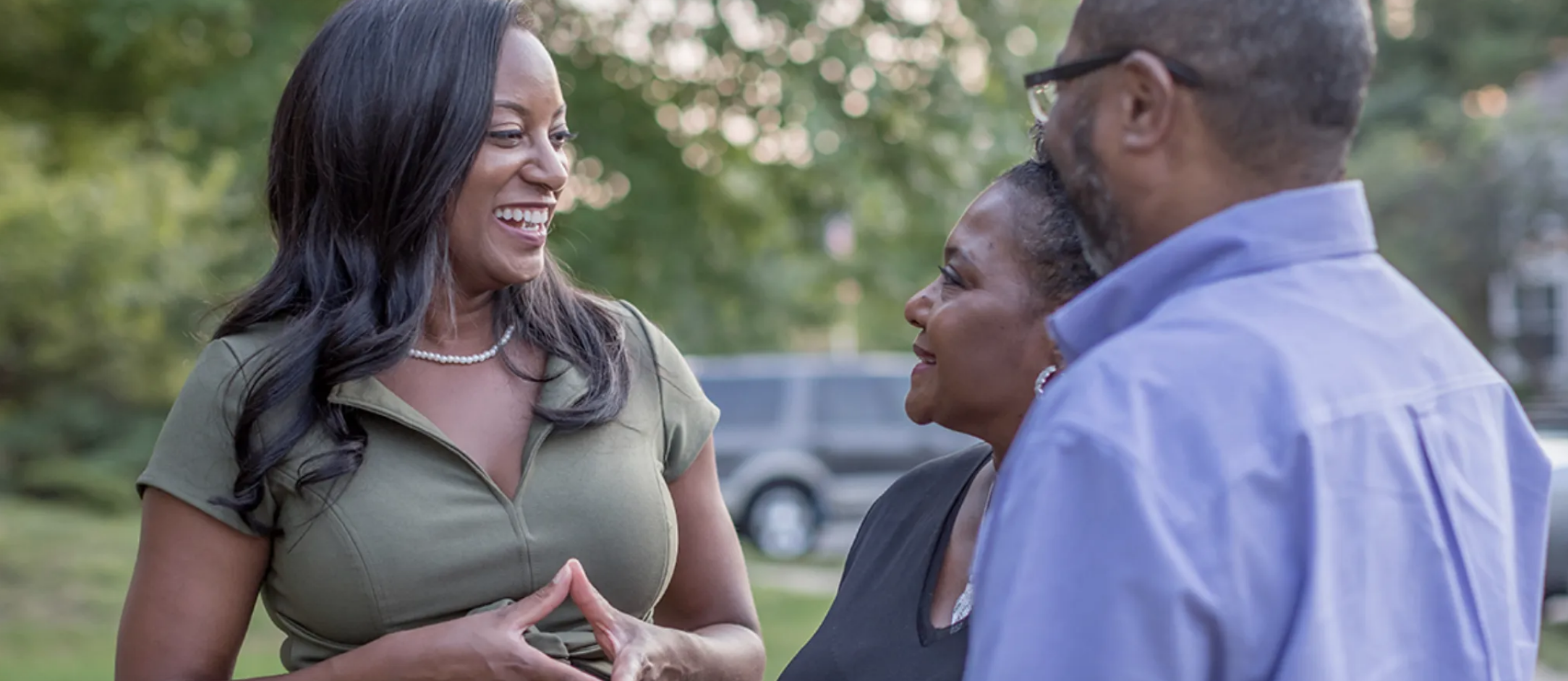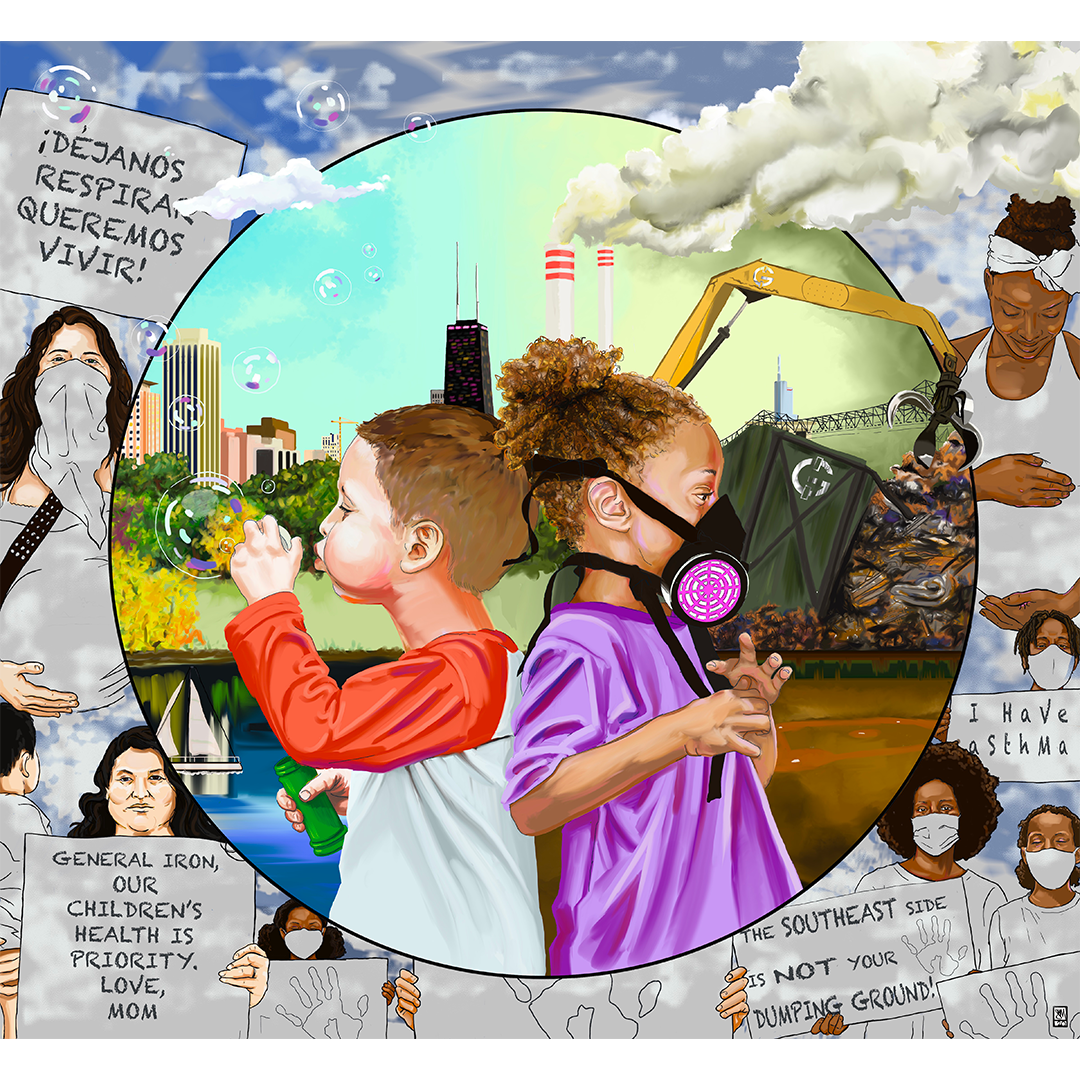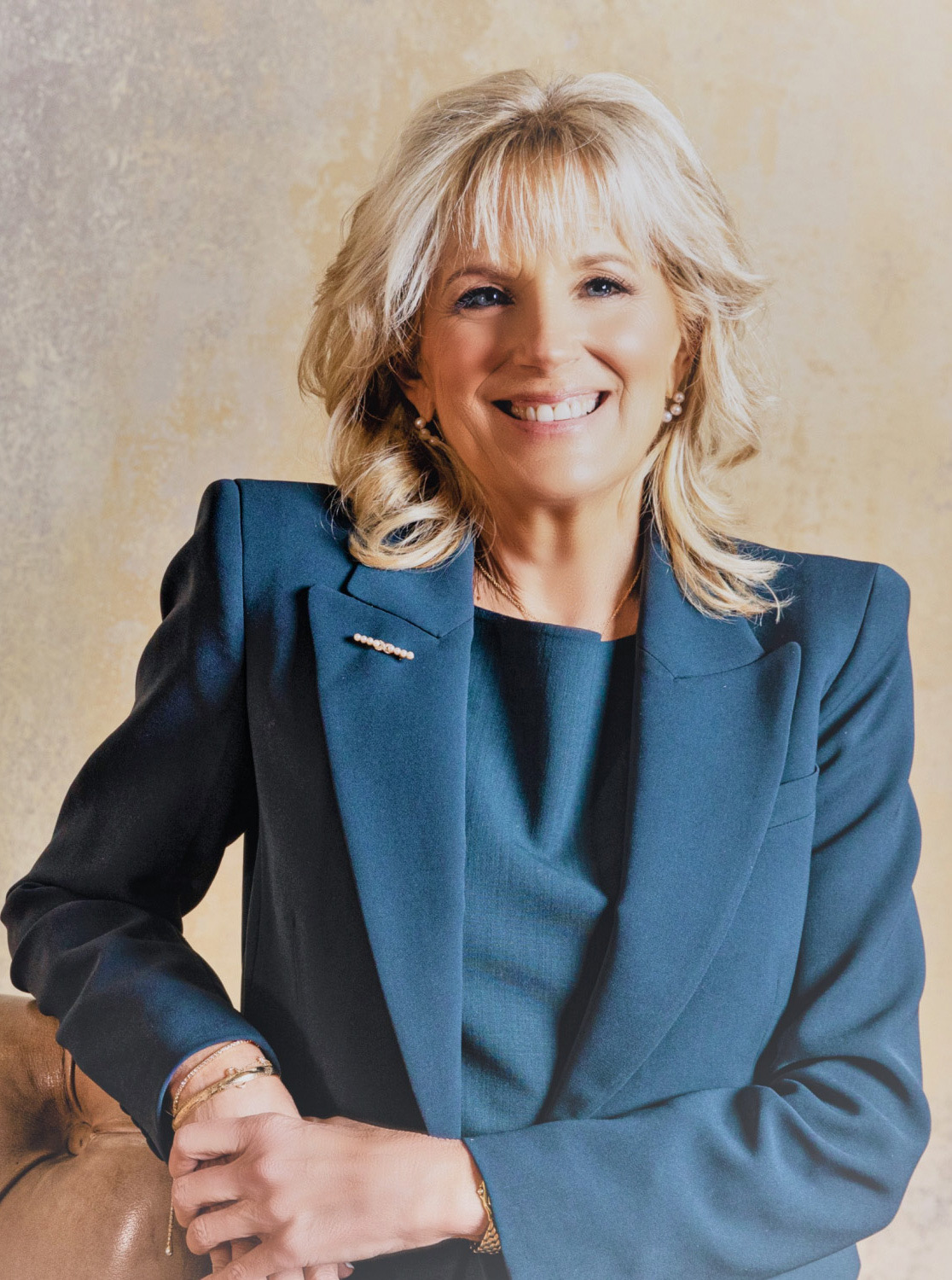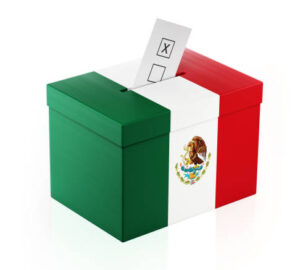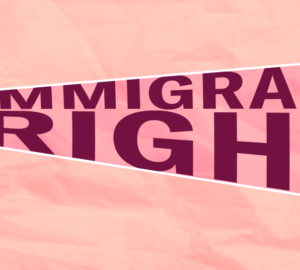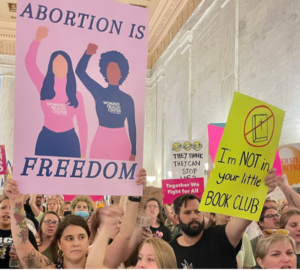Calling out Sexual Assault, Hopes For the First Black Female Governor, Environmental Racism in Chicago, Jill Biden on Equal Pay, & Celebrating Female Leaders
Calling out Sexual Assault in Australia – Citizen March Against Sexism and Abuse by Government Officials
By: Nicole Hermann
Many streets in Australia were filled with people marching and demanding a halt on violence against women.
People wore masks with messages saying “enough is enough” or held placards bashing misogyny. One protester in Melbourne displayed a banner with the names of 900 women whose lives have been lost at the hands of men since 2008.
There have been multiple allegations of both sexual misconduct and rape in some of the largest and most powerful offices in Australia. Those marching seek justice and emphasize the need for officials to do more in protecting the rights and lives of women; perpetrators of assaults and harassment must be held accountable for their actions.
Many brave women took to social media to share their stories to express their personal situations and experiences with sexual assault. A common focus among women was the expressed fear of traveling alone.
Prime Minister Scott Morrison has ignored calls for an independent inquiry in discussing the fate of attorney general Christian Porter. Porter was accused of raping a 16 year old girl when he was 17, and has continued to deny doing so since the start of the 2019 House Parliment House rape incident. Prime Minister Morrison has faced criticism as he continues to be an inactive advocate for women’s rights and safety. Although Morrison did not personally attend the rally, he called it a “triumph of democracy” because marches in other countries are “being met with bullets.”
Morrison’s actions, or lack thereof, resulted in an online petition calling for investigations into gender violence in the political world and to remove perpetrators from positions of power. The petition has received over 90,000 signatures, demonstrating the active call for change in Australian government.
Hopes For the First Black Female Governor
By: Julia Carroll
In total, only 44 women have served as governor in the history of America. Not one of those women have been Black or Indigenous.
The 2021 Virginia gubernatorial election will be held on November 2nd, to elect the next governor of Virginia. Two strong candidates in the race represent the black, female community, and hope to break history this year. Jennifer Carroll Foy and Jennifer McClellan both believe they have the proper skills and progressive agenda to foster a state of equity and opportunity if elected.
Despite strong wishes to shift the gears of Virginian government, both women appear to be trailing behind former governor Terry McAuliffe in polls leading up to the June 8th Democratic primary. McAuliffe, McClellan, and Carroll Foy are all viable candidates and all are confident in securing the Democratic nomination; however, it is uncertain who will ultimately pull through.
A’shanti Gholar is the president of Emerge America, which is an organization that trains women for political campaigns. Their goals are to increase the numbers of Democratic women in office, and Jennifer Carroll Foy participated in one of their bootcamps before she became a state delegate. Gholar shares her wisdom regarding the essence of political campaigns and why they need to be “demystified.” She mentions the common image of a political representative as a straight, white male, and the difficulties of running as a woman in America: “The minute that a woman decides to run for elected office, gender automatically plays a role. We have to think about the fact that we’re talking about politics in this country. It was made for white land-owning men. It was never meant for the political participation of women; it was never meant for the political participation of people of color.” Gholar’s words reveal the reality of both McClellan and Carroll Foy in running for Virginian governor.
Jennifer Carroll Foy, the representative for the Virginia House of Delegates Second District, focuses on bouncing back efficiently from the pandemic. Carroll Foy’s goals for Virginia stem from her personal experiences in growing up in Petersburg, one of the poorest areas in the state. Her campaign issues and priorities detail providing a “clean environment, strong public schools, access to quality affordable healthcare, an ethical and transparent government, safe communities, and opportunities for a better life. My job as Governor will be to uphold the responsibility of fighting for every Virginian — regardless of political party — the best I can.” Having experienced medical and financial struggles throughout her life makes Carroll Foy confident that she is the most qualified candidate. Carroll Foy told Elle magazine that “Those experiences have broadened my shoulders and stiffened my back to be able to carry the weight of the Commonwealth.” She says, “I am battle tested.”
Jennifer McClellan directs similar paths to the nomination, and shared a part of her encouragement in running with Teen Vogue. Looking at her lineage of civil rights activists, McClellan shared emotionally, “I know I’m my ancestors’ wildest dreams. I know everything that I have achieved has been because of what they have sacrificed for me to be where I am. I feel the pressure of doing right by them. I also feel the pressure of knowing that future generations are depending on me blazing a trail for them.” A few of McClellan campaign focuses include, environmental and social justice, expanding health care, creating affordable housing, reducing gun violence, and revitalizing the economy. McClellan is aware of the difficulties she will face as a woman running to lead a state, but hopes her qualifications will allow her to reach her life long dream of politics and public service.
While both women hope that their identities as black women can break political barriers, they believe their capability as leaders and their goals for Virginia will secure the nomination.
Female Leaders Advocate for Change: Environmental Racism in Chicago
By: Avery Smith
Due to the immense amount of polluting industries in the community, the citizens of the Southeast Side of Chicago are facing many health complications. In this, predominantly Black and Latino community, harsh, and dangerous smells, toxic metals, and most importantly, people with asthma, lung cancer, and other lung diseases, can be found. According to Teen Vogue, in the Southeast neighborhood, the rate of lung cancer is “over 50% per 100,000 people.”The COVID-19 Pandemic is of no avail to these complications, as the virus causes respiratory illness, making citizens of this community even more at risk.
On top of the pre-existing industries, plans for the Southeast Side to become the home of a new metal-shredding facility, General Iron, are being put in place. The building will be located only two-thirds of a mile from the public schools, and only half a mile from a public park. This change could be detrimental to students, teachers, parents, and all members of the community. The General Iron metal factory is moving to the Southeast Side because it was kicked out of the predominantly white, affluent North Side of Chicago. The factory agreed to close in 2021 after complaints about pollution, explosions, and fires. The decision to close the North Side site and then move to the Southeast Side site is a prime example of environmental racism, which the Southeast Side has been experiencing for decades. It was not acceptable in the predominantly white neighborhood, and should not be acceptable in the predominantly Black and Latino neighborhoods either.
Citizens of the Southeast Side do not deserve to live in conditions that have numerous negative effects on human health, and they should not have to worry about getting sick from air pollution. In other words, people in the Southeast Side of Chicago should not be held accountable because of the financial status of their neighborhood. The pollution they are exposed to is fine particulate matter (PM 2.5), and once emitted from cars, trucks, fossil fuels, and power plants, can result in heart disease, worsening pulmonary disease, shorter life spans, and nervous system disorders like depression. Members of the community have a right to be concerned that any new industrial site will bring additional pollutants, as well as more truck activity to the area, increasing the fossil fuel air emissions even more.
Members of the Southeast Side are fighting back, with hunger strikes, and school strikes, in hopes of abolishing the environmentally racist policies. The burden of fighting air pollution should not rest so heavily on the communities that are most affected, as it forces them to fight against pollutants while simultaneously fighting for justice. Everyone has a right to clean air, no matter the color of their skin or their income.
Jill Biden on Equal Pay
By: Hadley Hart
Dr. Jill Biden recently informed the public of gender-based discrimination that she faced in her early years as a teacher. After earning her bachelor’s degree, she was ecstatic to finally begin her dream job after years of teaching as a substitute. Unfortunately, this transition was not as painless as she had hoped for; Dr. Jill Biden immediately recognized the significant pay gap between her and her male co-workers.
In 1975, a man who was hired at the same time, with similar work experience, and teaching the same hours, was paid 25% more than she was. Although Dr. Jill Biden believes that “a job is more than a paycheck,” she argues that paychecks do reflect how people are valued in a certain job or community. Moreover, being paid less than an equally qualified coworker proves that professionally men are continuously valued significantly more than women are.
Every year, Equal Pay Day occurs. It is not a celebratory holiday; it is aimed to raise awareness on the gender wage gap. The exact date differs from year to year, in order to show how far into the new year that a women has to work in order to earn the same amount of money that a man did in the previous year. This year it lands on March 24, showing that, on average, a woman made 82 cents for every dollar that was made by a man. This wage gap is even greater for Black, Latina and Native women. The recent pandemic has only further widened the gap between men and women in the workforce. In December 156,000 women lost jobs, while 16,000 men gained jobs during the same time period.
The President and First Lady are determined to draw attention to the issue of unequal wages and gender deiscrimination in America. On Equal Pay Day, there was an event hosted at the White House, attended by the US womens soccer team who recently sued over gender discrimination, in order to help raise awareness. This event is where Dr. Jill Biden shared her experience and acknowledged that although her incident occurred over four decades ago, countless women are still facing the exact same issue today
How President Biden Can Change Title IX to Protect Sexual Assault Survivors
By: Jordyn Roskind
Title IX states that: “No person in the United States shall, on the basis of sex, be excluded from participation in, be denied the benefits of, or be subjected to discrimination under any education program or activity receiving Federal financial assistance.” During Donald Trump’s presidency, Title IX rights were abruptly revoked. However, on March 8 2021, President Joe Biden signed an executive order, directing the Education Secretary to re-evaluate the Title IX regulations, and perhaps rewrite them. Earlier, under the Obama Administration, universities had been mandated to support their student survivors as well as to investigate assaults in a timely manner.
Emma Levine, a student engagement organizer at the Title IX organization, “Know Your IX”, sees Title IX as a civil rights law. Biden is aiming to move away from Trump’s policies related to the scope of sexual harassment and those policies allowing accused students to cross-examine their accusers.
At this time, some universities, including Stanford, Brown, Michigan, and Skidmore have started to adopt restorative justice principles. Schools that apply transformative justice principles should not have police on campus because survivors might be discouraged to come forward: “According to some estimates, between 65 and 84% of sexual assaults are unreported to police, in part because victims fear disbelief and reprisal.” Title IX officers at universities ought to partner with diverse student organizations in order to “heal the community”. It is encouraging that there is now political support for Title IX, and activists are optimistic that they can create a safe environment for everyone.
Celebrating Female Leaders
by: Khushi Bhatt
The past year has posed many difficult challenges for people around the world. Millions have lost jobs and loved ones and are even drowning in debt. Thousands of women are living in unsafe situations and have had to deal with domestic violence and sexual harassment from people they once trusted. We are now at a point in time where female workforce participation has dipped to 57 percent, the lowest it has been in more than three decades.
First up, Dawn Staley
A three-time Olympic gold medalist and the NCAA’s all-time steals leader, Dawn Staley was an undersized spark plug that led the University of Virginia to three consecutive Final Fours. She was a two-time National Player of the Year and was named the Most Outstanding Player of the 1991 NCAA Final Four. Staley was one of the early pioneers in the mid-90s revolution of professional basketball for women, first playing in the ABL for the Richmond Rage and later in the WNBA for the Sting and Comets. Her first Olympics came in 1996, and she was honored by her countrymen in 2004 by carrying the flag into the Olympic Stadium for the Opening Ceremony. Staley was a five-time WNBA All-Star and a three-time Kodak All-America.
Next, Naiomi Osaka
Being a tennis player myself the trailblazing efforts of the Haitian-Japanese tennis newcomer stunned me. Osaka, 23, defeated Serena Williams in the Australian Open semifinal and Jennifer Brady in the final to become a four-time Grand Slam winner Feb. 20. Perspective: It took the trailblazing efforts of the Williams sisters, two African American girls from Compton, to create a pathway for Osaka to feel comfortable bringing her own flavor to the sport.
Subsequently, A politician who considered 231 years of male vice presidents and thought: “I will be next.”
Kamala Harris
Throughout America’s history, Black women have fought for civil rights and women’s rights, often at great personal risk. Their work paved the way for Harris, the first female, first Black and first Asian American vice president. Harris is, to her supporters, the long-awaited torchbearer for centuries of women, people of color and others whose ambitions were denied and who never saw themselves reflected in the nation’s leadership before
And lastly, Samira Nasr
Nasr never presumed there were spaces in which she didn’t belong or might be unwelcome. She plowed ahead, from Allure to Vogue and elsewhere. Now, Nasr is the first person of color appointed editor in chief of Harper’s Bazaar in the magazine’s 154-year history. Her version of Bazaar considers a reader’s interest in fashion in the context of a broader intellectual curiosity. Fashion is a tool for building an identity, and you don’t toss out bits of your identity from one season to the next.
